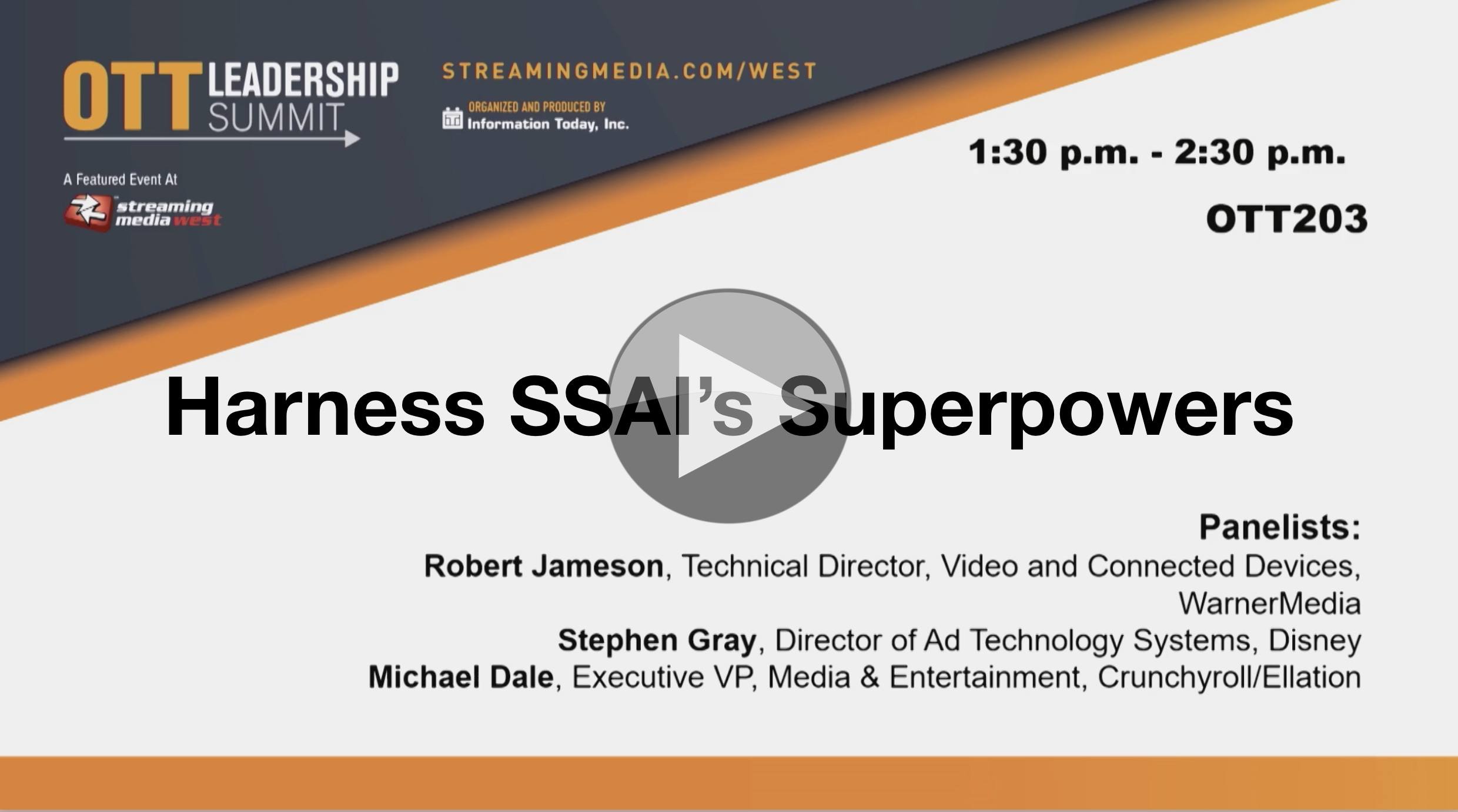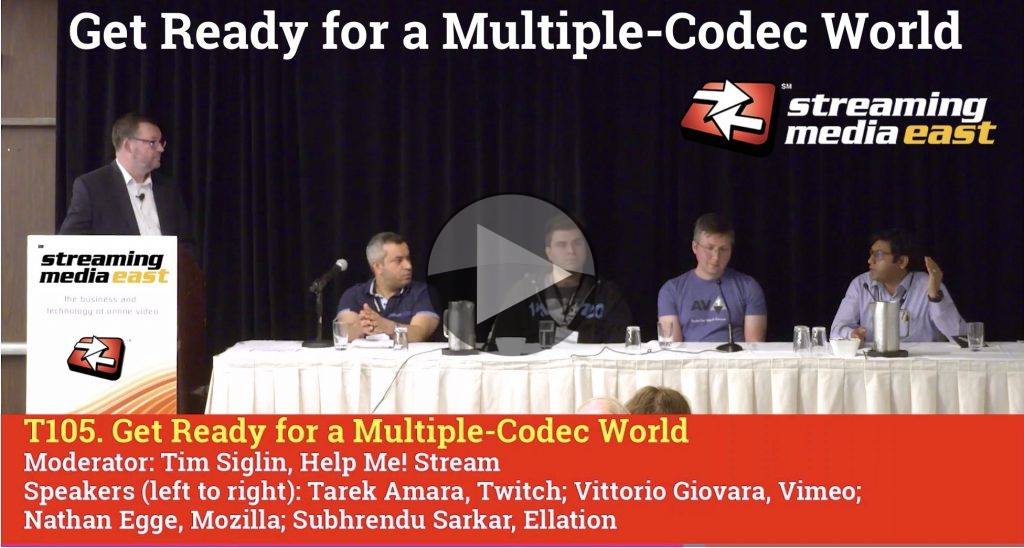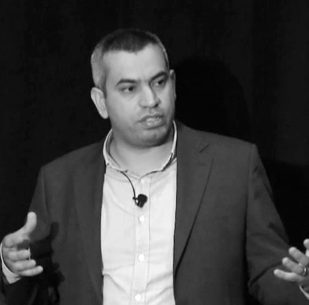Server-side Ad Insertion (SSAI) is a great option for streaming services delivering video to a wide variety of devices and for those who need to avoid ad blockers. Whilst ad insertion can happen in the player, this mechanism can be interfered with allowing users to avoid ads. Whilst client-side ad insertion can much more easily create a unique stream for each client, dynamic SSAI can now do the same with a better user experience.
This panel from the OTT Leadership Summit at Streaming Media West 2019 brings together Disney, WarnerMerdia and Crunchyroll to share their experiences with SSAI. They discuss beaconing, ad standards, scaling, SCTE and more.
Beaconing goes hand in hand with ad playback providing metrics on what happened. When you perform certain actions, the player will reach out to a URL. This can be used to indicate such things as users skipping or pausing a video. The beacon information can then be used to verify how much of which ads were seen by whom and charge advertisers accordingly.
The panel moves on to discussing scaling using live sports as an example and cover questions to ask vendors to ensure you and they are ready for maximum scale. Bandwidth, is declared the biggest challenge, but a less obvious problem is that your upstream ad providers can’t always scale well. If you rely on calls from your server to others, then it’s vital to understand their scaling capacity and strategy. They discuss issues with losing beacons when operating at scale and the need for detailed logging and debugging in order to spot errors and reconcile the results.
Some time is next spent on VPAID and VAST 4 which are both messaging specifications to allow ad servers to tell applications which ads to play. The panel discusses the pros and cons in their use for SSAI where the stitcher needs to reach out to and ad server in real time to find out which ads to play.
At the end of the discussion, the panel takes questions from the floor but not before discussing SCTE Markers and ‘content conditioning’ which surrounds taking care of your source videos and encoder such that the two assets fit together properly at I-frame boundaries.
Watch now!
Speakers
 |
Robert Jameson Technical Director, Media Enablement Turner | WarnerMedia |
 |
Stephen Gray Director, Ad Tech Systems Walt Disney Direct-to-Consumer & International |
 |
Michael Dale VP Engineering, Crunchyroll |
 |
Nadine Krefetz Consultant, Reality Software Contributing Editor, Streaming Media |








